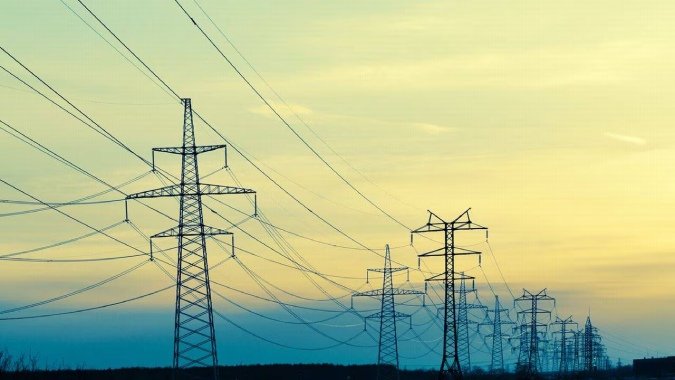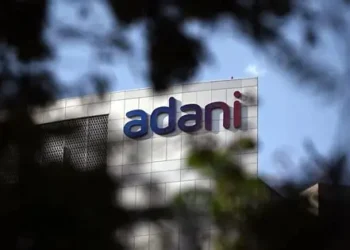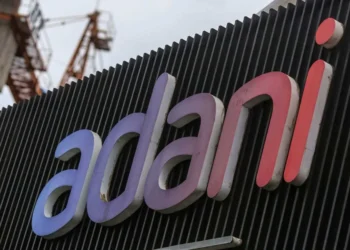Shares of Indian Energy Exchange (IEX) fell by as much as 26% on Thursday, marking their largest intraday drop since going public in 2017, following India’s power regulator revealing intentions to revamp electricity pricing via a system called market coupling.
In the initial phase of the new rules, the Day-Ahead Market (DAM) will be linked by January 2026. In this framework, different power exchanges will alternately act as Market Coupling Operators (MCOs) in a round-robin format.
What is Market Coupling?
Market Coupling is a mechanism to integrate and coordinate power exchanges across different regions or countries, allowing electricity to flow from areas with low prices to areas with high prices using available transmission capacity efficiently.

In India:
- It means power prices across all exchanges (like IEX, PXIL, Hindustan Power Exchange) will be determined centrally using a uniform algorithm.
-
Transmission constraints and demand-supply data across regions are integrated to produce a single clearing price for the same delivery slot, across all exchanges.
This model is already used in Europe, reducing price volatility and increasing market efficiency.
ALSO READ: Unregistered And UPI-Based Businesses Under GST Scrutiny: All You Need to Know
Effects of Market Coupling on IEX Shares
India’s largest power exchange, Indian Energy Exchange (IEX), is seeing investor concerns and stock volatility because:
Loss of Pricing Power
- Currently, IEX benefits from high trading volumes due to its price competitiveness and liquidity.
-
Market coupling will centralize price discovery, making IEX’s price advantage irrelevant, leading to reduced differentiation.
Impact on Revenues
-
IEX earns fees based on trade volumes, but price competition has been a key attraction for participants.
-
Uniform pricing may push participants to try other exchanges, reducing IEX’s moat.
Regulatory Overhang
-
Investors are cautious as the regulatory push for coupling could change IEX’s business model fundamentally.
-
Market share may get distributed among competitors (PXIL, HPX) due to price parity.
What Lies Ahead?
-
Market coupling will likely increase market efficiency and lower overall energy costs for buyers.
-
For IEX, the challenge is to pivot its value proposition towards reliability, platform technology, and ancillary services while maintaining volumes under a uniform price regime.
-
Implementation details, timelines from CERC, and legal challenges will define the final market impact on IEX.













